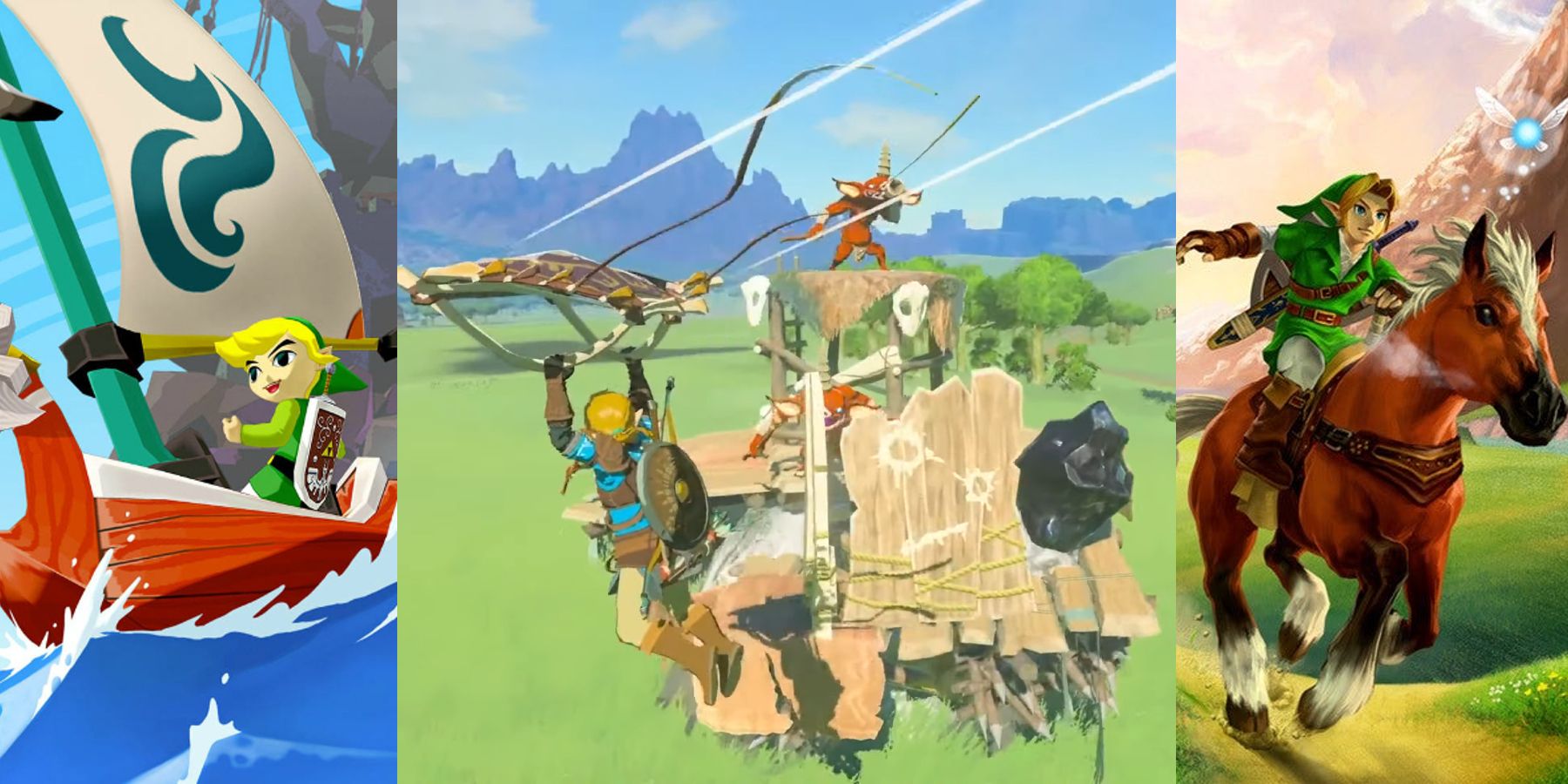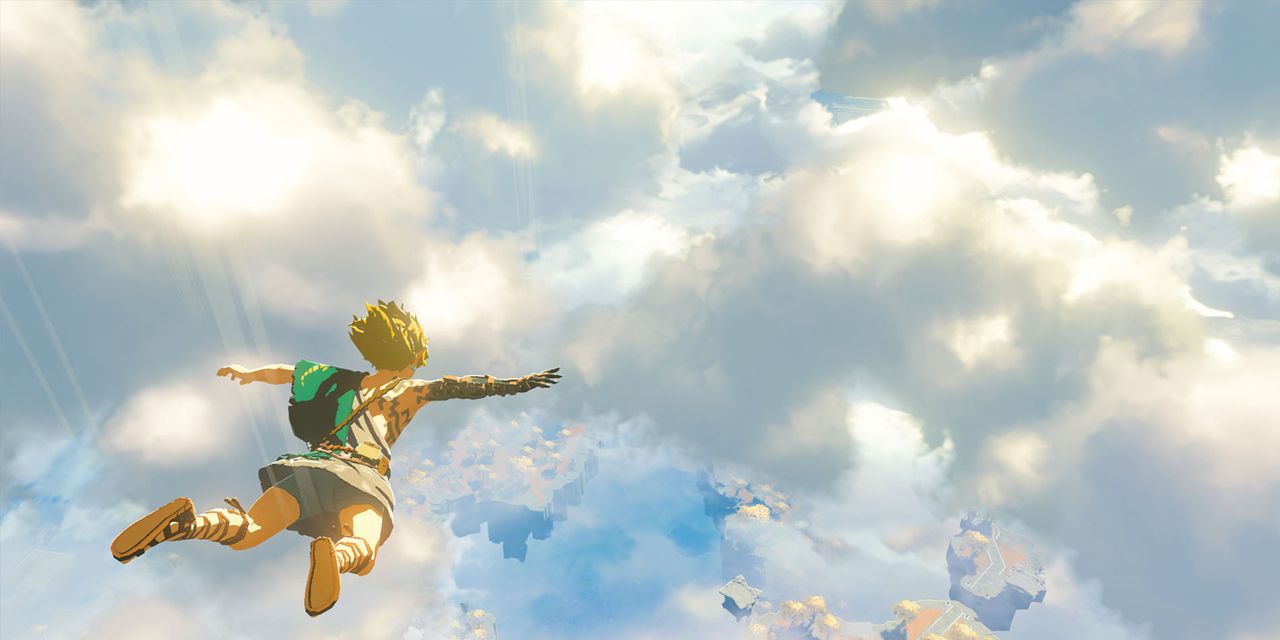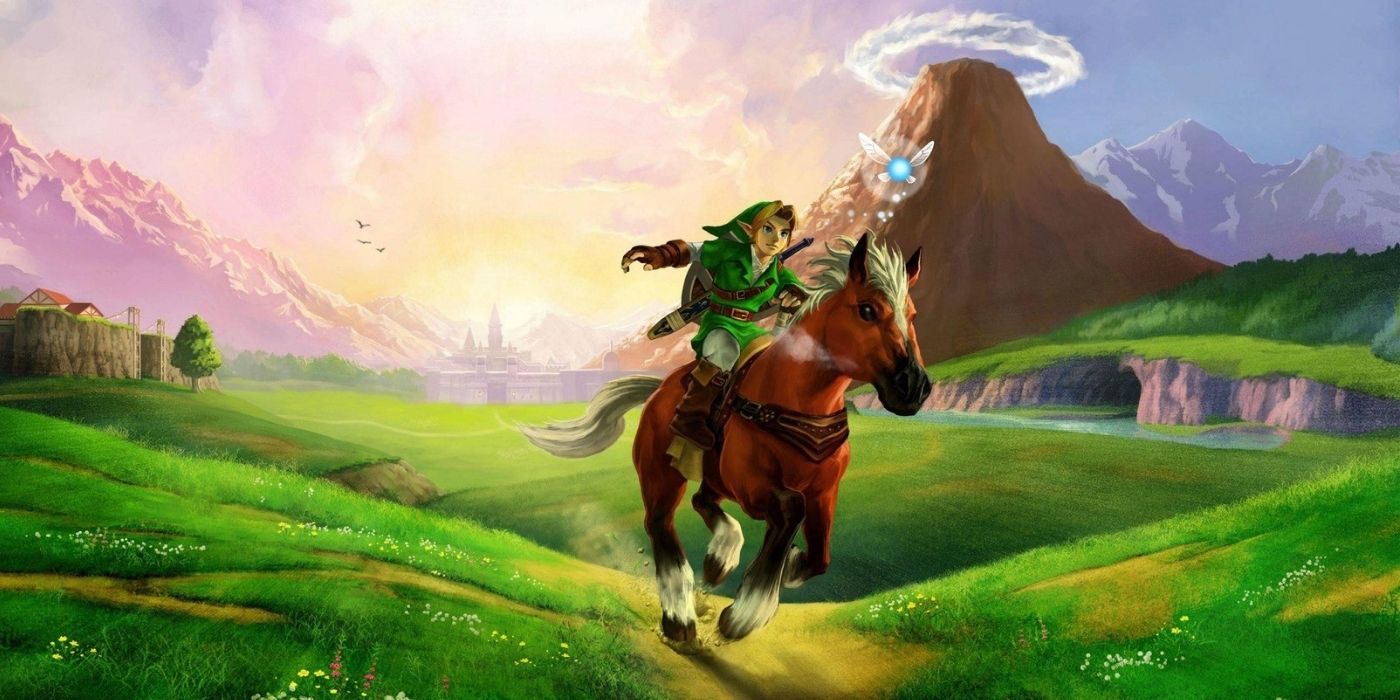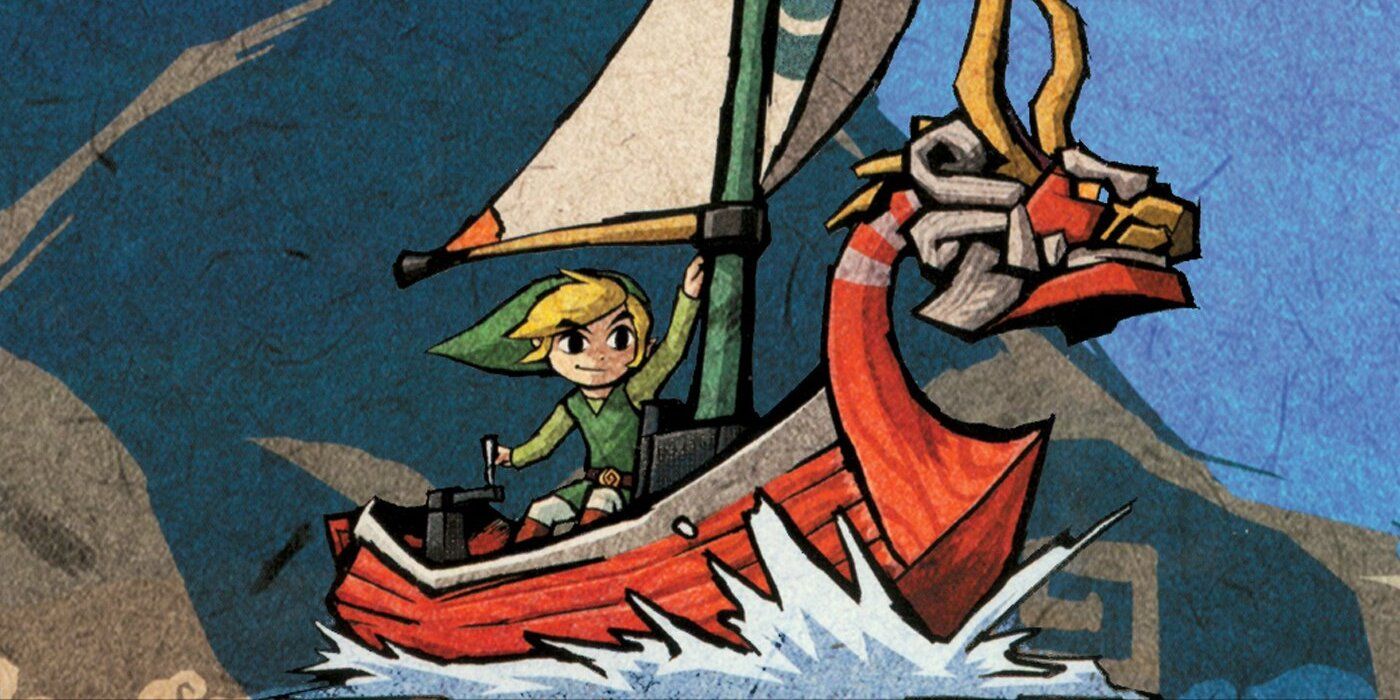The Legend of Zelda: Breath of the Wild 2 is one of the most-anticipated games coming to Nintendo Switch, even with the console's release schedule expanding with titles like Splatoon 3 and Kirby and the Forgotten Land. As a follow-up to the Switch's beloved launch title, Breath of the Wild 2 is primed to grow its iteration of Hyrule in the wake of spin-offs like Hyrule Warriors: Age of Calamity. However, not a lot is known about how much the upcoming sequel is changing.
Both E3 2019 and E3 2021 featured trailers for Breath of the Wild 2; the prior being more of a teaser to confirm the game was in development. Gameplay debuted at E3 2021, and while this trailer was cagey about details like Breath of the Wild 2's official title, it did confirm a few things. Link will have new abilities such as reversing time with his Sheikah Slate, previously unseen enemies will appear, and chunks of land are being suspended in mid-air by a malevalent force. This last detail is particularly interesting, as it means a lot more will have to change than one might expect.
Breath of the Wild 2's Floating Islands
The most recent trailer for Breath of the Wild 2 was not particularly shy about comparing its new airborne focus to Skyward Sword - a well-timed comparison considering The Legend of Zelda: Skyward Sword HD released on Switch earlier this year. Link dives through watercolor clouds from immense heights and uses hang gliders to move between floating landmasses.
In 2019, Eiji Aonuma confirmed Breath of the Wild 2 is reusing the first game's map of Hyrule, and the teaser at E3 that year seemed to show Hyrule Castle being lifted from the ground. The full reveal of floating islands being a prominant feature suggests Aonuma's statement is true to an extent; Breath of the Wild 2's map would look the same from a bird's-eye view, but now features will change as they're set at different elevations. That begs the question of what will happen to the negative space, that concave ground left on the surface.
Using Skyward Sword as a basis for these alterations suggests one possibility. The immense Statue of the Goddess attached to Skyloft is a distinct piece of the surface world, as seen during the endgame when Link defeats Demise and its isle descends to perfectly fill the spiraling Sealed Grounds. One big plot point in Breath of the Wild is that Hylians find ancient technology like the Guardians and Divine Beasts buried all around, so who's to say more distinct features aren't also hidden under landmasses waiting to be uncovered.
What Breath of the Wild 2 Could Learn From Ocarina of Time
That being said, Skyward Sword is not the only game from which Breath of the Wild 2 may pull inspiration. The version of Hyrule created in Breath of the Wild is considered to be the converging point for all branches of the Zelda timeline, thus its locales are largely references to every game in the series. There is one element of the Nintendo 64 Legend of Zelda games, Ocarina of Time and Majora's Mask, that may provide one alternative to how negative space across the land can be filled.
One of the distinctly quirky elements of these N64 titles is that little underground caverns can be found scattered across Hyrule, often hidden underneath shrubs. More often than not these tiny holes in the ground were just distractions from the main quest with something like combat challenges to earn Rupees. Considering how much these miniature caves match up with the design philosophy of The Legend of Zelda (1986) on NES, whose open-world nature was a big inspiration for Breath of the Wild, its possible this idea could return.
The image painted by chunks of missing earth with tiny holes in the center to hideaways underground isn't the most appealing. However, Breath of the Wild already has creative-looking areas of a similar ilk. The Forgotten Temple can be found at the far end of Tanagar Canyon, essentially a prototype for how concave areas with unearthed caverns to investigate may look. Considering Shrines will likely play a diminished role in the sequel, these caverns could fill the "mini-dungeon" niche left behind.
What Breath of the Wild 2 Could Learn From The Wind Waker
Large, scarred patches of missing land with caverns to explore is the more "realistic" answer for how Breath of the Wild 2 may handle its negative space, but The Legend of Zelda franchise is far from realistic in some of its most acclaimed entries. The upcoming Switch release could learn from GameCube's The Wind Waker by going all-out with the idea of magically exumed ground and filling those spaces with more unique environments.
A chunk of missing land being suddenly filled with water ala Wind Waker's Great Sea is one such possibility. While there are bodies of water throughout Breath of the Wild's Hyrule, from rivers and oceans to more distinct areas like the above-ground coral reefs in Zora's Domain, swimming itself did not have much functionality. Adding in new places such as massive contained bodies of water, similar to North America's Great Lakes, may give designers an excuse to make water-based travel as important as moving through the sky.
Even more ideas from Zelda history could make appearances in these leftover spaces on the surface. Perhaps there are areas with tiny villages discovered under an old landmass ala The Minish Cap, or this dark magic could unearth beings like Twilight Princess' Twili who terraform environments suitable to their liking under the shade of a floating isle. The possibilities are truly endless, but it's safe to say Nintendo will have to settle on something if it wants to avoid creating a beautful landscape of floating islands that leave behind a barren, uninteresting overworld.
The Legend of Zelda: Breath of the Wild 2 releases in 2022 for the Nintendo Switch.




